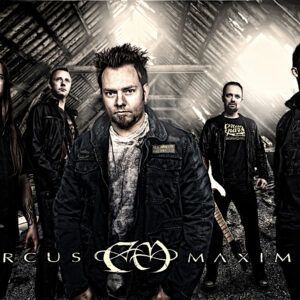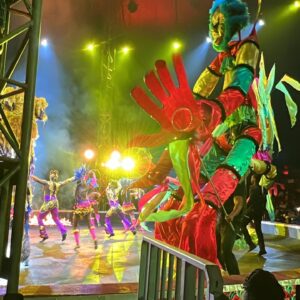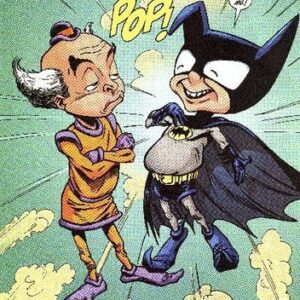Maypole Dance Origin, with its vibrant ribbons and lively movements, has captivated audiences for centuries. But what are its origins, and what does it symbolize? Exploring the rich history of this ancient tradition reveals a tapestry of customs and beliefs that continue to shape its significance today.
Table of Contents
Ancient Roots: Tracing the Origins of maypole dance origin
The origins of maypole dance origin can be traced back to ancient times, with roots that reach deep into pagan rituals and celebrations. In many cultures, the Maypole represented the axis mundi, the connection between heaven and earth. It stood as a symbol of fertility and the cycle of life, representing the renewal of nature in the springtime.
Pagan Festivities: maypole dance in Celtic and Germanic Traditions
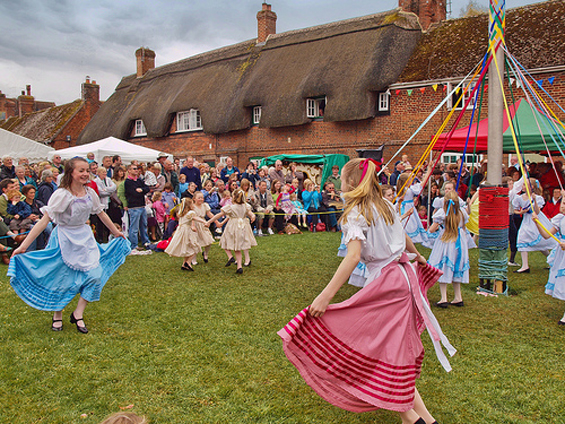
Within Celtic and Germanic cultures, maypole dance origin held great significance during the Beltane and Walpurgis Night celebrations. It marked the transition from the harsh winter months to the bountiful spring season. Communities would gather around the Maypole, decorating it with flowers and colorful ribbons, and joyously dance in circles, intertwining the ribbons as they moved.
Christian Adaptations: maypole dance origin and May Day Celebrations
As Christianity spread across Europe, it absorbed many pagan customs into its own traditions. maypole dance became associated with May Day celebrations, which merged the reverence for nature’s rebirth with Christian themes of purity and virtue. The Maypole itself took on new symbolism, often representing the Tree of Life or the Cross.
The Renaissance Revival: maypole dance in England and Europe
During the Renaissance, maypole dance experienced a resurgence in popularity across England and Europe. It became a prominent feature of May Day festivities, with elaborate decorations and intricate dance patterns. The dances often reflected courtly manners and social hierarchies, showcasing the grace and elegance of the participants.
maypole dance origin Around the World: Cultural Variations and Local Traditions
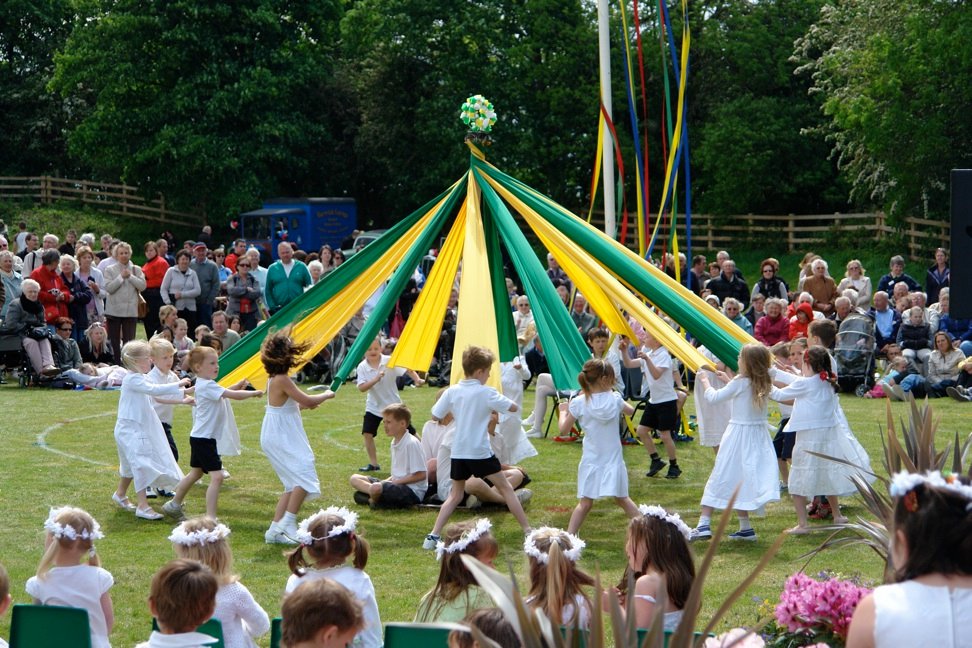
While maypole dance origin has deep roots in Celtic and Germanic cultures, variations of the tradition can be found in many parts of the world. In Sweden, for instance, the Midsummer Pole, or Midsommarstång, serves as a focal point for dancing and revelry. In Mexico, the Dance of the Voladores involves acrobats descending from a tall pole, representing the harmony between earth and sky.
Symbolism in Motion: Unraveling the Meaning Behind maypole dance origin
Beyond its historical origins, maypole dance origin carries a wealth of symbolism. The weaving of ribbons during the dance symbolizes the interplay of human relationships and the interconnectedness of communities.
The circular movements signify the cyclical nature of life and the eternal cycles of nature. The Maypole itself stands as a beacon of vitality, reminding us of the enduring spirit of renewal and growth.
maypole dance origin today: Preservation and Revival
In modern times, maypole dance origin continues to thrive in various cultural and educational settings. Schools and community groups often organize
May Day celebrations, keeping the tradition alive for future generations. Additionally, folk dance enthusiasts and historical reenactment groups partake in Maypole dances, preserving the customs and ensuring their legacy endures.
maypole dance in Popular Culture: References and Influences
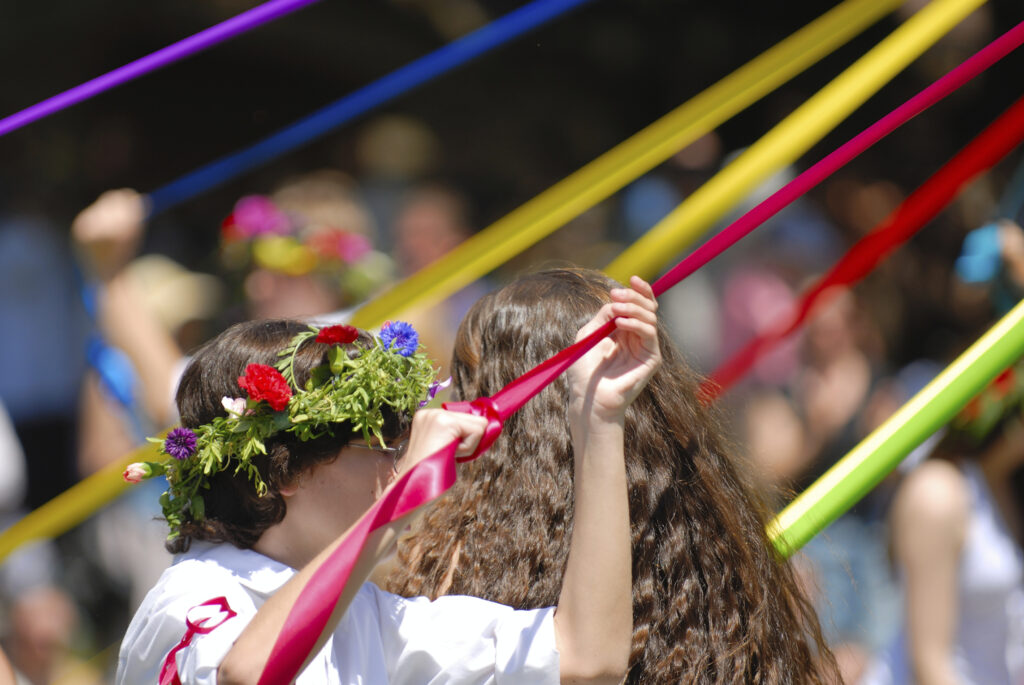
maypole dance origin has also left its mark on popular culture, inspiring artists, musicians, and writers. Paintings capture the exuberance of the dance, while music compositions evoke its rhythmic patterns. In literature, references to maypole dance can be found in works ranging from Shakespeare’s plays to modern novels, highlighting its enduring presence in our collective imagination.
Embracing Tradition: Participating in maypole dance origin
Participating in Maypole dance can be a rewarding experience, connecting us to ancient customs and fostering a sense of community.
Many festivals and events offer opportunities for people of all ages to join in the dance and immerse themselves in the symbolism and joy of this timeless tradition. By embracing Maypole dance, we honor the past and celebrate the vitality of spring, perpetuating a centuries-old legacy.
Conclusion
The origins of maypole dance are deeply rooted in ancient pagan rituals and have evolved over time, adapting to cultural and religious influences. Its symbolism encompasses themes of fertility, renewal, and interconnectedness. Today, maypole dance origin continues to enchant and inspire people around the world, preserving tradition and reminding us of the enduring power of celebration and unity.
Learn about: Unlock the potential of your venture with an Amazon Business Grant and let AI-powered virtual assistants revolutionize your business.
